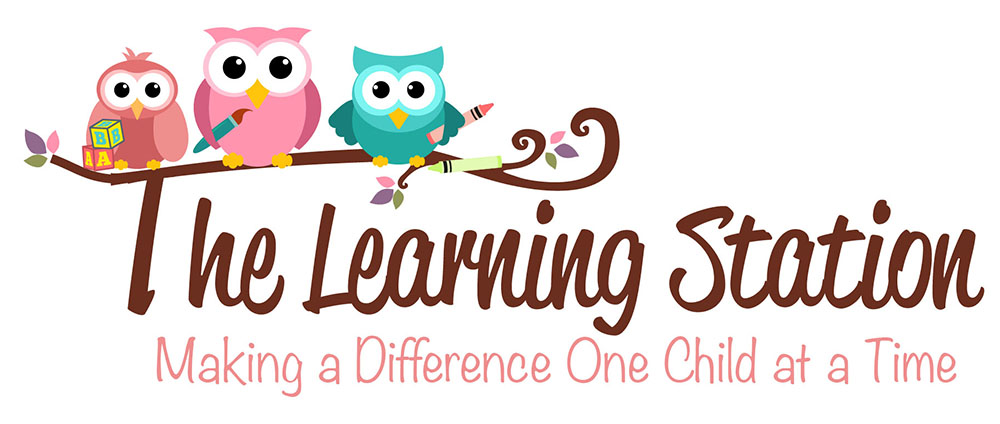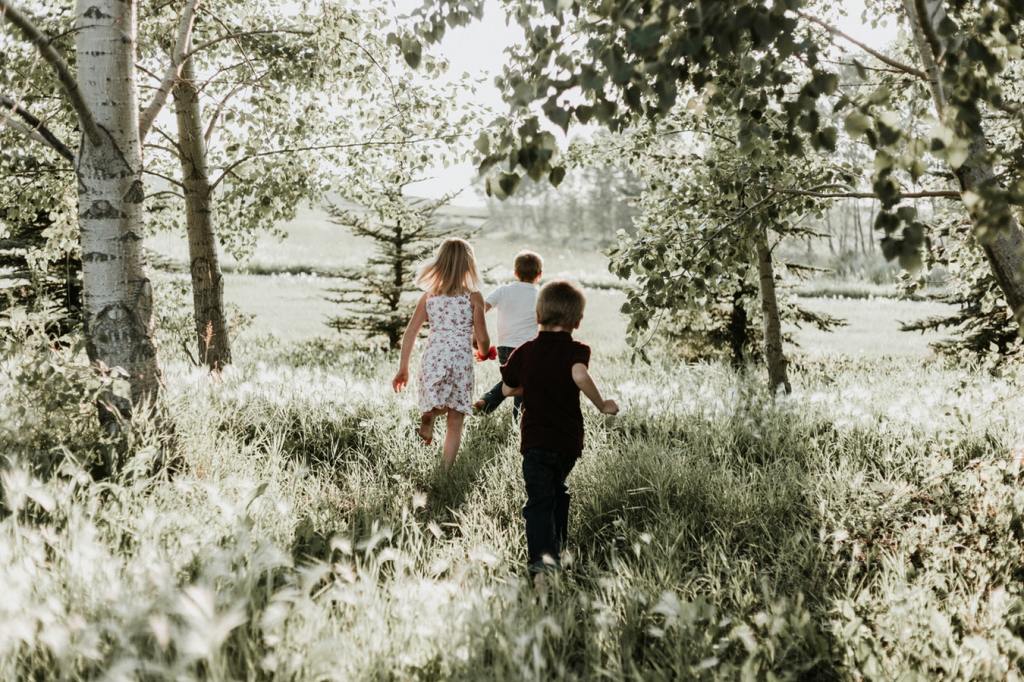Guest Post Article by Anya Willis- Anya Willis is a mother of three and has been a yoga instructor for the past 12 years. For most of her childhood Anya struggled with her weight.In school, she was bullied because of it, and it wasn’t until she took a yoga class in college that things started to change. She fell in love with how yoga used her whole body and mind. For Anya this was the catalyst she needed, she found a new interest in her physical health and started striving for a healthier life. Reflecting on her younger years, Anya became passionate about kids being active and healthy. You can find out more about her at fitkids.info.
Nature’s effect on learning
When children explore their natural world, they learn practical applications of science concepts that are taught in school. A sunny day spent looking at plants and insects can impart several biology lessons at once. For some learners who struggle with or become bored reading lessons from a textbook, this kind of immersive learning can help make topics relatable. When exploring the outdoors, children gain a new perspective. Education experts believe that nature exposure is vital for a child’s learning.
The natural world around everyone
Every residential area is touched by nature in some manner. A tall residential tower in a bustling city is still visited by birds and likely has trees lining its street and a park nearby. In a typical suburban neighborhood, groomed lawns and curated gardens cannot hide the wild animals that bustle when you take a closer look. To explore nature, all one needs to do is walk outside.
Combining activity with learning and a hobby
Just by stepping outside, outdoor exploration opens the door to learning through activities that can become lifetime passions. One particular hobby that satisfies intellectual curiosity is bird watching.
As Redfin explains, “There are all kinds of advantages to becoming a birder, both for your child and the pair of you. To start, it’s an opportunity to learn about your immediate environment: exactly what kinds of birds live there, the kinds of habitats they live in, why your area’s climate is ideal for them, and how different birds have adapted to human presence.”
Bird feeding also teaches kids about ecological issues, such as how one species’ activities can have a ripple effect on another species. While feeding birds, children get to learn birds’ living patterns and how they interact with their environment.
Just exploring the outdoors is beneficial
Although hobbies and lessons based on natural sights are helpful to a child’s learning, so too is unstructured exploration outdoors. Not every activity requires a lesson plan, and that’s part of the beauty of learning in a natural environment. Let your kids play outside often. You’ll want to make sure that your backyard is safe, removing, for example, any poisonous weeds. But when your kids are having fun getting their hands dirty, step back a bit.
Allowing them to create their own play structure will encourage more exploration and structured play when you do want to impart specific knowledge or tie in classroom learning. A good way to structure outdoor play is to stage some discovery areas in your yard. A mock archaeological dig pit, where rocks can be examined, is easy to section off with four pieces of pressure-treated 2 x 8 lumber. Buy the four pieces in eight-foot lengths, which is a standard dimension, and you won’t have to make any cuts. Simply screw the edges together with two deck screws, and you’ll have your pit area.
Other structured areas can veer away from natural learning and provide the ability to be creative in the outdoors. Create a simple stage so your kids can perform summer plays for you and neighbors.
We are surrounded by nature but too often neglect using it as a tool for learning and fun. Children thrive in the outdoors, learning without feeling pressured. Help your kids explore their backyards, and you can all enjoy nature as a family.

